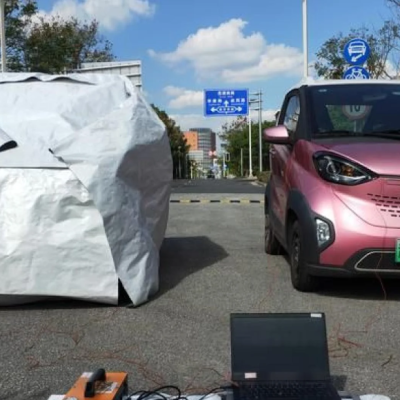Microwaves: A Climate Killer?
A recent study conducted by a team of scientists led by Alejandro Gallego-Schmid from the University of Manchester has revealed that the production and electricity consumption of 130 million microwaves in the EU generate as much CO2 as 6.8 million cars. The study highlights the impact of small electrical appliances on the environment, which is often underestimated. Microwaves, vacuum cleaners, kettles, and hair dryers all contribute to the production of large amounts of CO2, which has a significant impact on the climate. According to the study, the 130 million microwaves in the EU produce an annual carbon dioxide emission of 7.7 million tonnes through their electricity consumption. This is equivalent to the CO2 emissions of 6.8 million cars.
Gallego-Schmid explains that “electricity consumption has the greatest impact” due to the fuels used for electricity generation. Currently, more than 40% of electricity in the EU is generated through the combustion of coal and gas. This is 30% lower than the rest of the world. The study highlights the significant contribution of electrical appliances, including 150 million vacuum cleaners, 144 million kettles, 100 million hair dryers, and 144 million water heaters, to the overall carbon dioxide emissions. Gallego-Schmid places the responsibility for this climate sin on end-users, stating that “on average, a kettle heats 50% more water than needed,” and microwaves often heat food longer than necessary. Consumers should also avoid replacing functioning appliances prematurely.
The study also highlights the responsibility of manufacturers. The average lifespan of a microwave purchased today is seven years shorter than it was twenty years ago. Manufacturers can increase their revenue by frequent device replacements, but they do not consider the resulting emissions. The production of electrical appliances accounts for 25% of emissions, 6% is generated during material extraction, and 1% is produced during recycling. The remaining 67% is caused by electricity consumption during operation.
In conclusion, the study highlights the significant impact of small electrical appliances on the environment and the need for consumers and manufacturers to take responsibility for reducing their carbon footprint.










